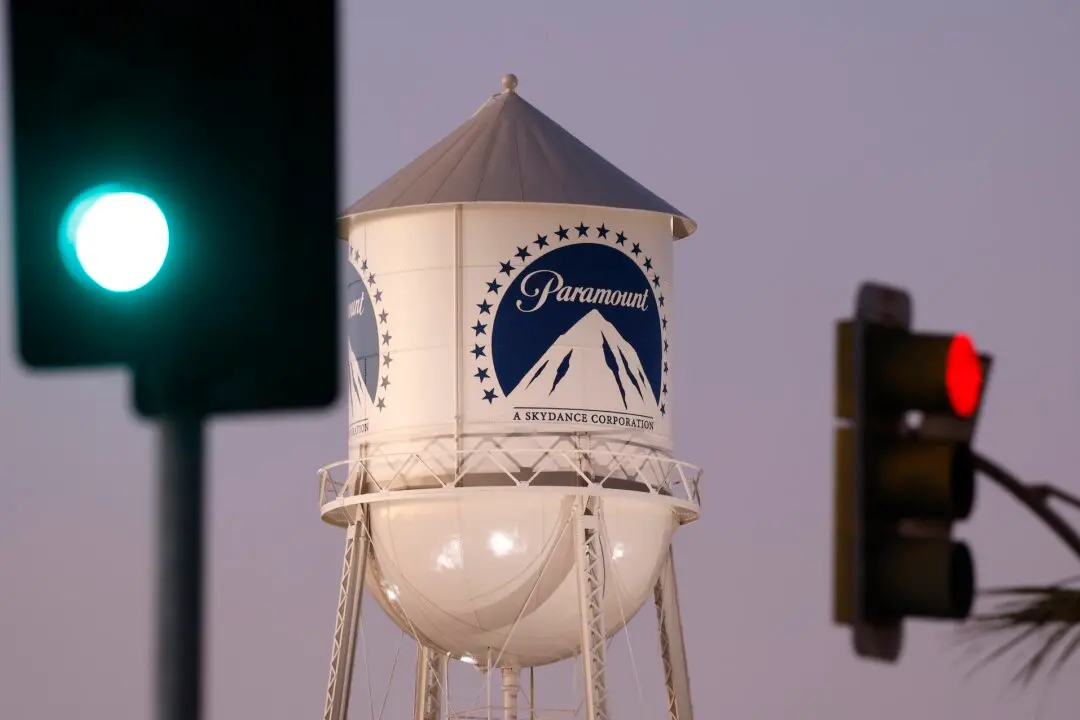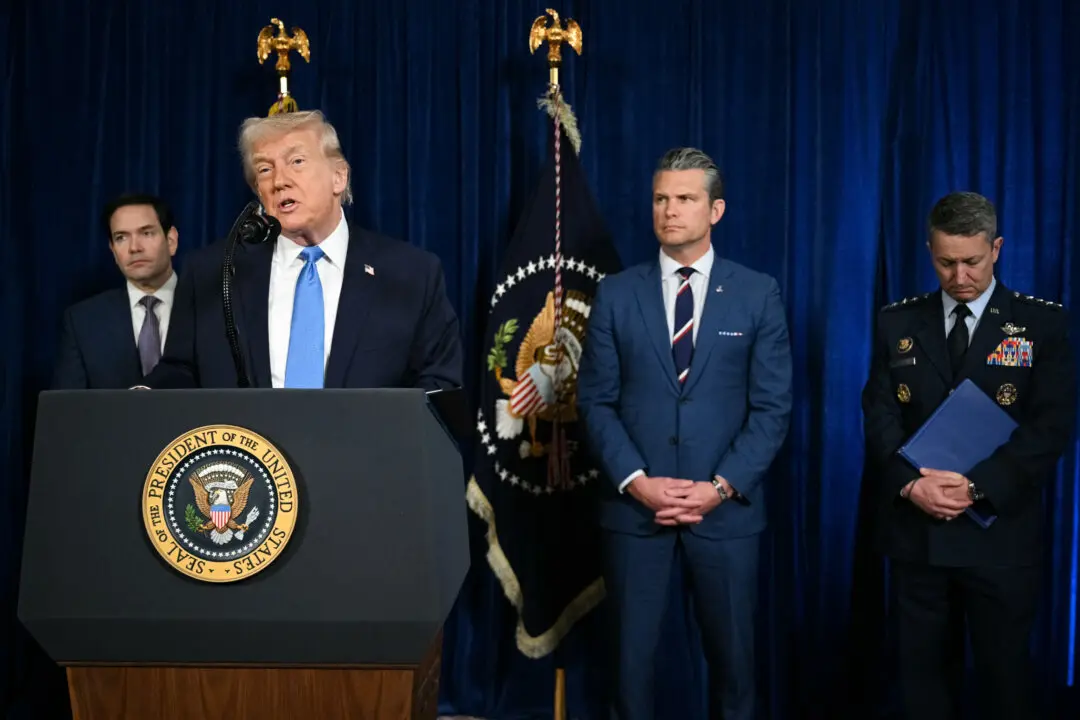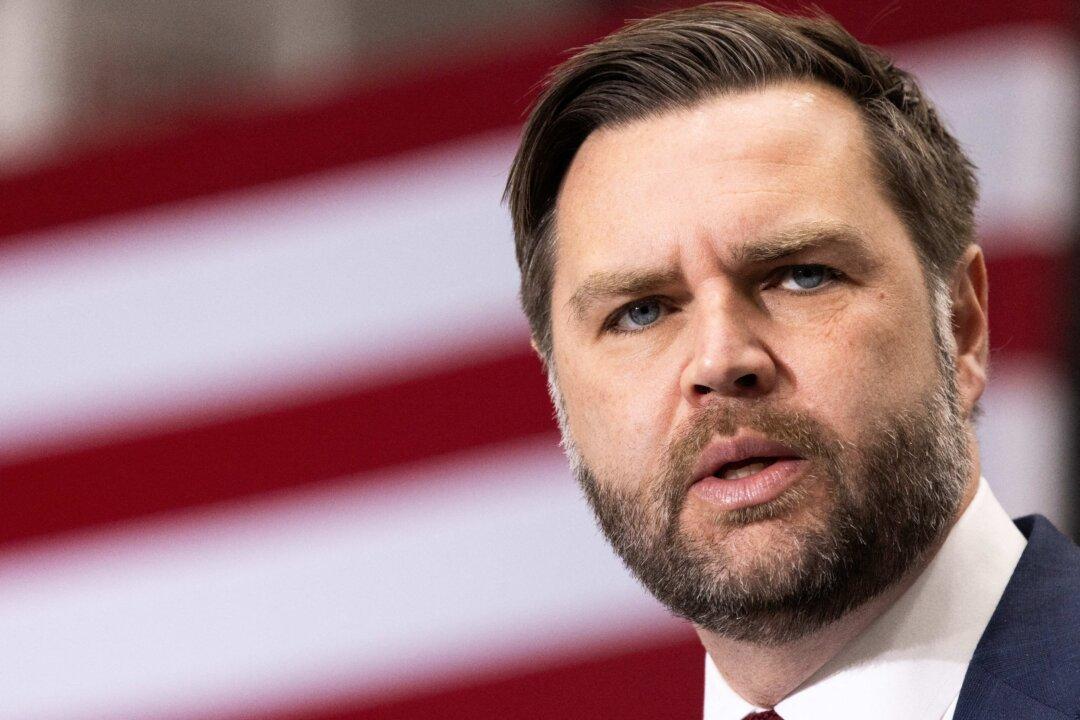A New York Supreme Court justice has ordered state officials to turn over complete data on nursing home deaths from COVID-19, following a months-long campaign to seek their release.
Justice Kimberly O’Connor wrote in a Feb. 3 decision (pdf) that the New York Department of Health (DOH) must release the data within five business days of the ruling.





